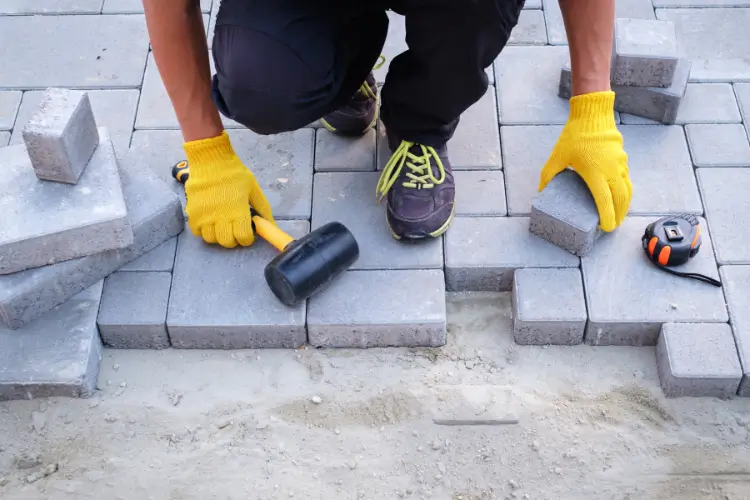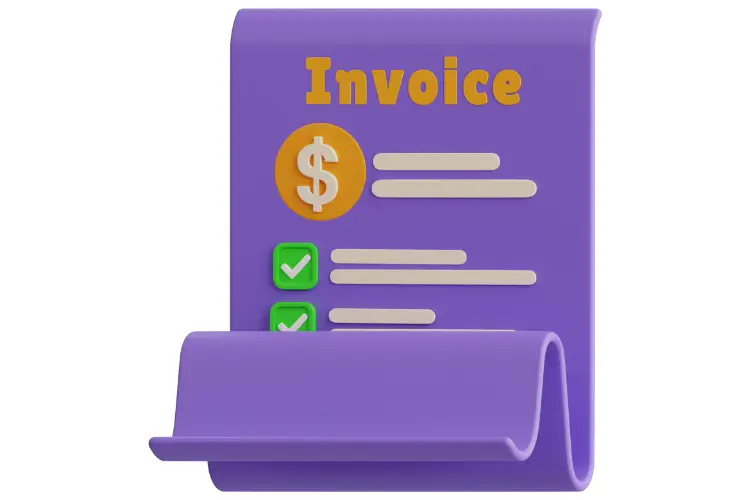The development of sustainable building materials has started a revolution in the manufacturing and construction sectors all around. Environmental issues take the front stage, and creative ideas abound to meet ecological duty as well as utility. Products made of polyvinyl chloride (PVC) have seen major changes that help to surprise allies in the quest for environmental sustainability.
Modern Production Techniques
Energy-efficient techniques and innovative recycling technologies are included in modern PVC manufacture. Modern filtering systems and closed-loop systems that cut waste and environmental effects help manufacturing plants. Maintaining product quality and durability, these advances have resulted in a 73% decrease in energy use relative to conventional production techniques. Real-time changes and predictive maintenance made possible by smart automation systems and AI-driven quality control procedures have transformed manufacturing lines and, therefore, maximize productivity. Using molecular-level recycling methods has also made it feasible to separate post-consumer PVC into its basic elements, therefore fostering a really circular manufacturing environment.
Longer Product Lives
PVC goods’ lifespan and durability greatly help to explain their sustainable character. These materials demand little maintenance and help to lower the need for regular replacements as they can resist difficult weather conditions. The longer lifetime of PVC building products has transformed methods of sustainable building in the home and business sectors. By allowing UV stabilizers and impact modifiers into modern PVC formulations, structural integrity may be maintained for up to 50 years or more, hence dramatically lowering replacement cycles and related environmental effects. Ideal for long-term infrastructure uses, advanced weathering testing has shown that these improved PVC materials maintain their mechanical qualities even despite strong temperature variations and chemical contact. Furthermore, PVC safety criteria guarantee that these materials are safe for the environment as well as for the persons using them, therefore improving their appeal as a sustainable choice.
Wastefulness and Recyclability
Advanced recycling methods have made PVC goods very recyclable materials. Multiple instances of processing and reuse of your thrown-away PVC products will not cause any quality loss. This circular economy concept has dramatically cut the manufacturing process’s need for virgin resources and landfill garbage. Modern chemical recycling innovations enable the molecular separation of additives and pollutants, therefore producing recycled PVC either meeting or surpassing virgin material’s quality requirements. Using artificial intelligence and spectroscopic technology, automated sorting systems have increased recycling efficiency by 85%, allowing the processing of mixed plastic waste streams with unheard-of precision.
Energy Consumption Uses
PVC materials shine in increasing building energy efficiency by their outstanding insulating qualities. Their use in windows, doors, and pipe systems helps to keep interior temperatures at their best, therefore lowering heating and cooling expenses. PVC materials are very significant in sustainable design and green construction projects because of their energy-saving qualities. Studies have shown that PVC window frames provide up to 85% greater thermal insulation than conventional aluminum frames, which results in notably lower energy usage and greenhouse gas emissions. Further improved these thermal qualities by advanced PVC formulations using nano-insulation particles, allowing structures to meet passive house criteria with reduced material thickness needs.
Environmental Affective Reducing Strategies
Recent developments in PVC composition have taken care of old environmental issues. While keeping material performance, modern production techniques remove dangerous chemicals. These developments have produced safer end goods meeting strict environmental criteria and cleaner manufacturing techniques. By 60% the environmental impact of PVC manufacture has been reduced with the invention of bio-based plasticizers and stabilizers, therefore improving the biodegradability of the material at end-of-life. Modern PVC manufacture is among the cleanest methods in the plastics sector, as the implementation of closed-loop water systems and sophisticated emissions capture technologies in manufacturing plants practically removes hazardous discharges.
Next Developments
Innovations keep improving the PVC goods’ sustainability profile. Even further environmental advantages are promised from studies on renewable energy integration in manufacturing and bio-based plasticizers. By use of self-healing PVC compounds resulting from breakthrough nanotechnology, slight damage may be automatically repaired, hence perhaps doubling the already remarkable lifetime of these materials. By integrating smart sensors into PVC products, new opportunities for real-time monitoring of structural integrity and environmental performance are being created, therefore transforming maintenance methods in building and infrastructure projects.
Conclusion
By their recyclability, energy efficiency, durability, low environmental impact, and adaptability, PVC goods are clearing the path for a more sustainable future. PVC is one item that may help with sustainability objectives as businesses keep looking for environmentally suitable substitutes. Selecting PVC goods allows individuals and companies to help spread ethical behavior and lower their environmental impact. Choosing PVC as a sustainable choice will help to create a better earth and a future that will last for the next generations.




